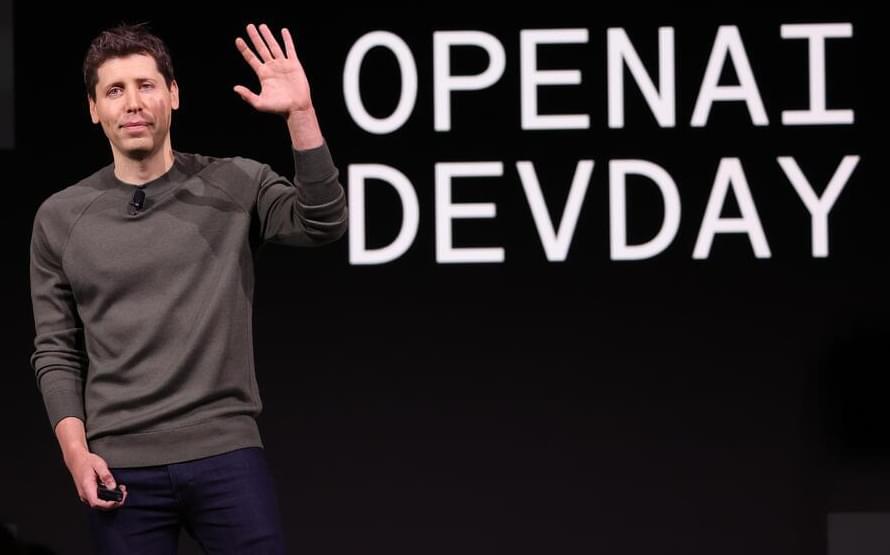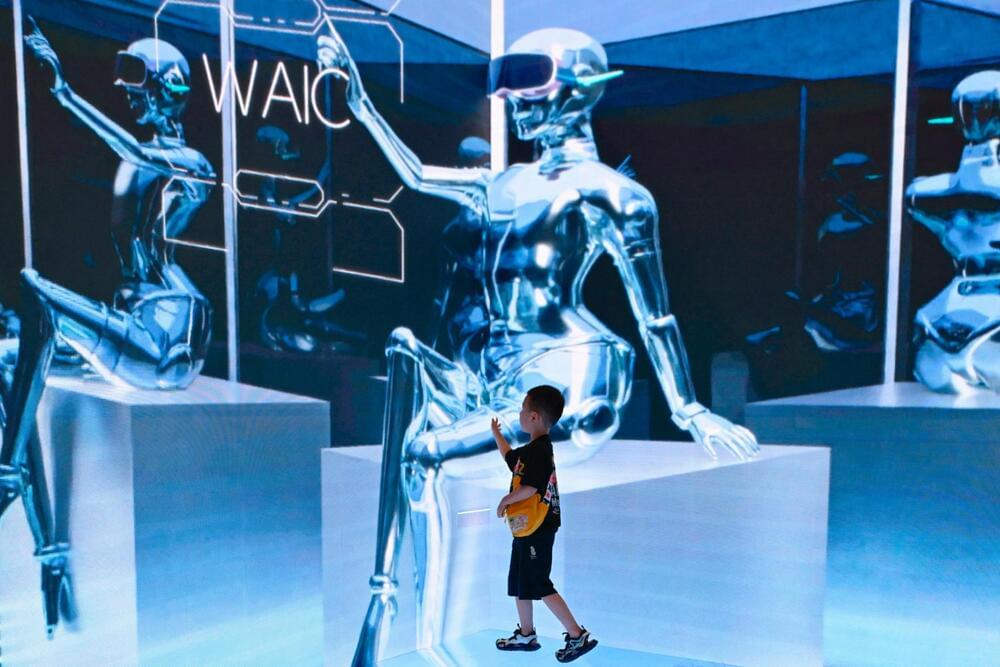According to OpenAI’s corporate governance, directors’ key fiduciary duty is not to maintain shareholder value, but to the company’s mission of creating a safe AGI, or artificial general intelligence, “that is broadly beneficial.” Profits, the company said, were secondary to that mission. OpenAI first began posting the names of its board of directors on its website in July, following the departures of Reid Hoffman, Shivon Zilis and Will Hurd earlier this year, according to an archived version of the site on the Wayback Machine.
One AI-focused venture capitalist noted that following the departure of Hoffman, OpenAI’s non-profit board lacked much traditional governance. “These are not the business or operating leaders you would want governing the most important private company in the world,” they said.
Here’s who made the decision for Altman to be fired, and for Brockman to be removed from its board of directors. Update: Altman didn’t get a vote, The Information has reported. Brockman posted an account of his version of events to X that indicated the board had acted without his knowledge as well.







